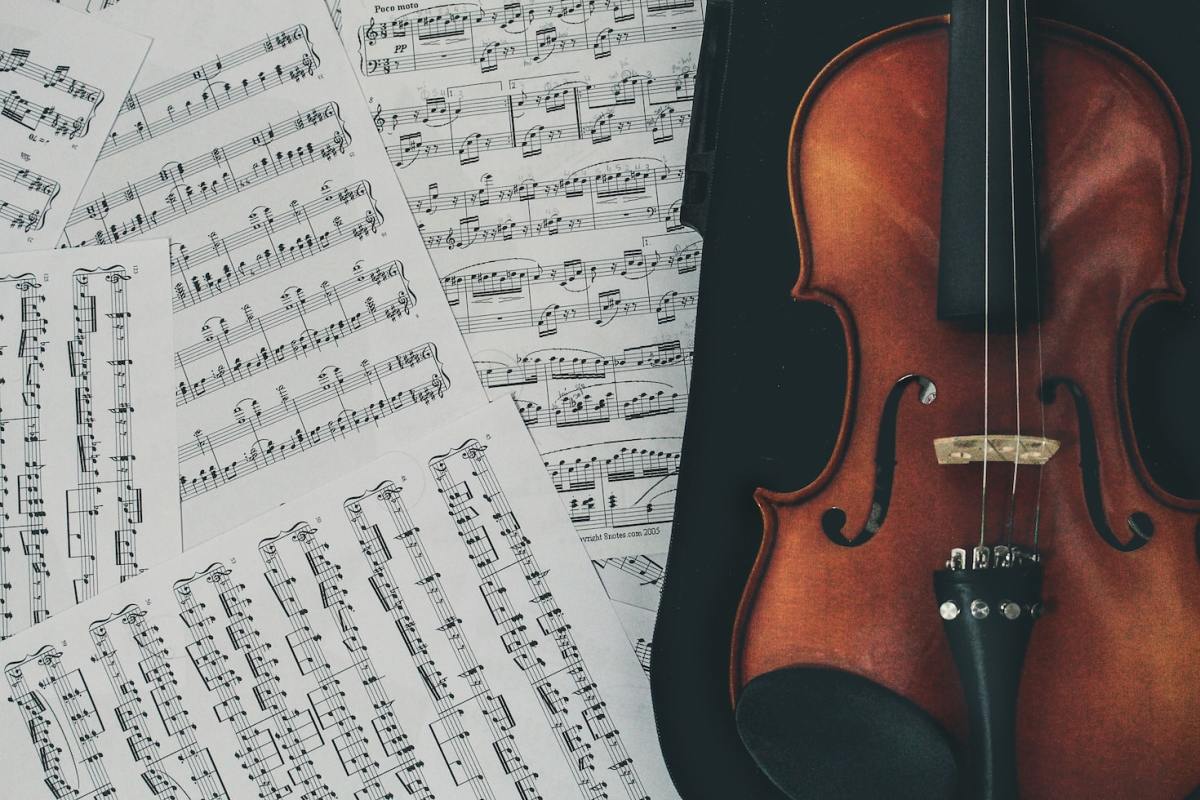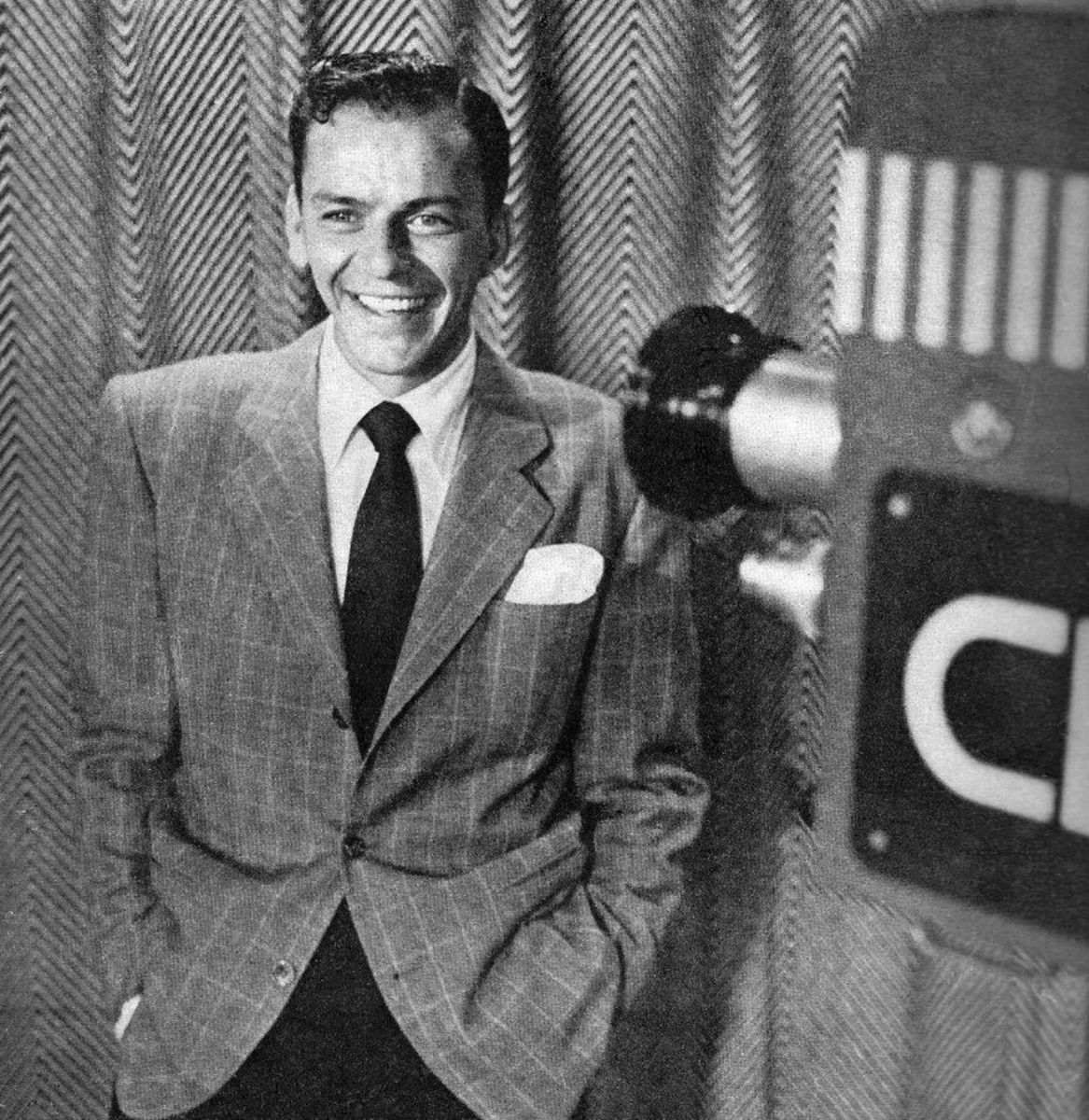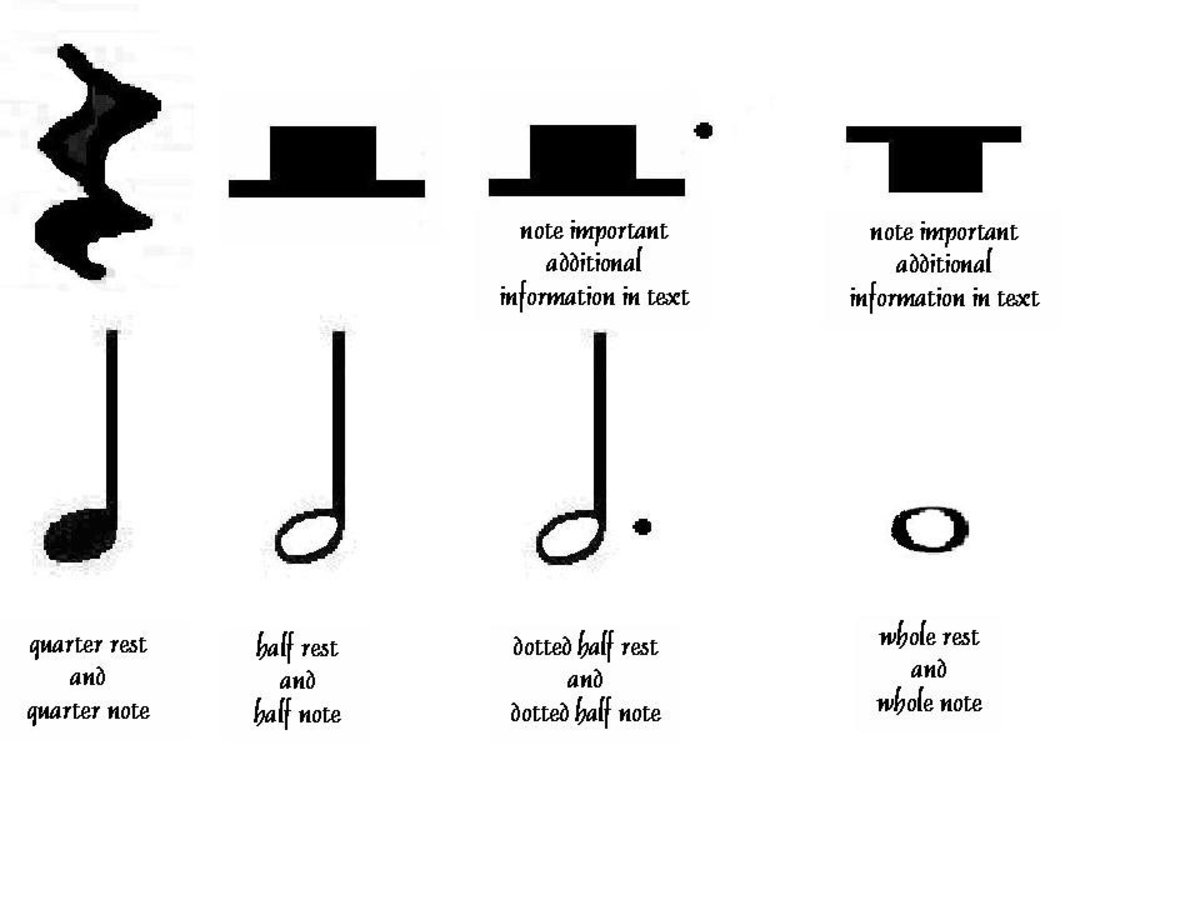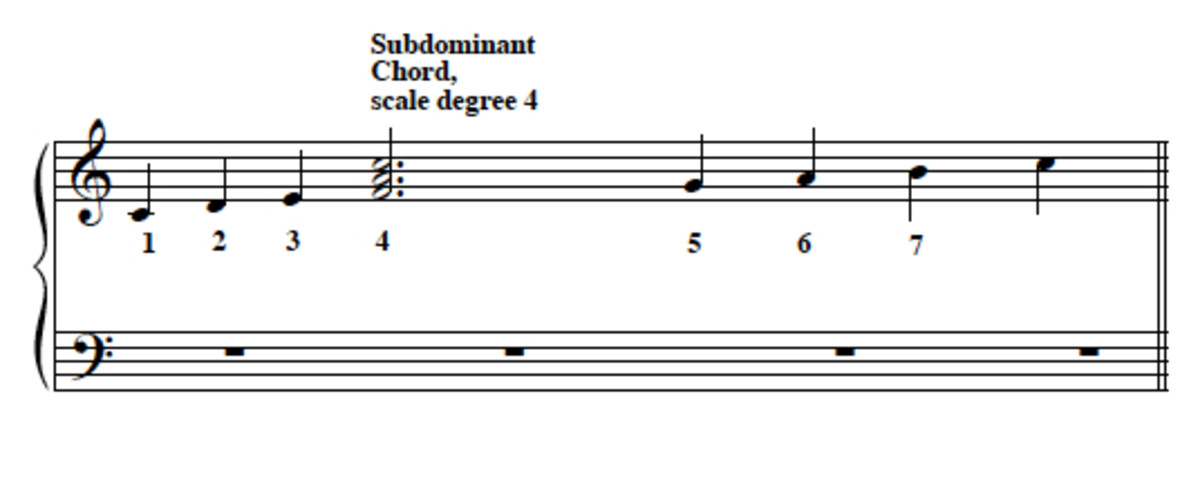Great HARMONY: the "meat" of music
Sure, you can sing...but can you HARMONIZE? Not everyone can.

Harmony helps hits happen
The lead singer in any song is important, of course. But often, it's the HARMONY around the lead singer that makes or breaks a song. Or, the best harmonies can turn a good song into an instant classic which people will be singing for years to come.
Although powerful melodies are critical and are the main personality or "face" of a song, but most songs go far beyond just the melody.
The previous chapter demonstrated the importance of melody. This chapter will shows various ways that HARMONY in popular music adds more "depth" or "meat" to a song. The harmony of a song are basically the musical notes which are NOT part of the melody.
How to Hear Harmonies
The harmony of a song can be heard, for example, when someone is singing the melody of a song while another person is singing (or playing) simultaneously with them using notes or patterns other than the ones used by the lead singer.
But, as always with music, it's not easy to understand what harmonies are by reading some text someone wrote. It's far easier to understand harmonies by simply LISTENING to the harmonies in each of the example songs provided.
This chapter features SIX songs from multiple musical genres including rock, pop, pop standards, and jazz, along with TWO lecture videos providing my usual "set up" information, including a context and some historical background for each of the songs & artists you'll be hearing today.
Harmony: lecture notes, Part I
Harmony: Lecture notes & video, part I
Next, you can either read the whole article first on this page, then play the two lecture videos plus the song links, or vice versa. Or, some people say they like to read a section, then play the videos in that section before moving to the next section. Whatever technique works for you is fine, as long as you make your way through all the text and each of the videos, including the classroom videos, also on this page.
Strong harmonies in action
A new feature to these articles: On-screen notes within each video. Like a virtual chalkboard, these show key points to listen for in each song.
In this chapter both of the lecture videos are followed by three musical examples. Songs 1, 2, 3, and )6 have strong harmony from vocalists or instrumentalists, while, by contrast, songs 4 and 5 featuring singers or players in UNISION (rather than in HARMONY with each other.
Extreme's "More Than Words" original in two-part harmony (1990)
80's hair band swaps heavy metal for heavy harmonies, scores their biggest hit ever
Nino Bennancourt's metal-funk band Extreme made money with concert tours back in the 1980s, with their head-banging power pop style, but one one album they added a song which was the complete opposite to their other songs on the album.
A simple pop song, "More Than Words" was recorded acoustically with no amplifiers, no drums, just two guitars and two singers. One singing lead and the other providing harmony.
Where's the harmony? Besides the notes played by the instruments, the primary harmony is provided by the back-up singer from the band, singing along with Bennancourt.
Listen to how the two men are NOT singing the same notes, they are singing different notes at the same time, one part is the melody and the other part is the harmony...the other notes.
"It's Alright" by Huey Lewis and The News (1996)
More helpful harmonies
Here are two more songs specifically chosen because of the importance of HARMONY in both:
In "Suite: Judy Blue Eyes", written and performed by CSN&Y (David Crosby, Stephen Stills, Graham Nash and Neil Young), only Stephen Stills is singing the melody, while David, Graham and Neil are harmonizing with him, providing additional simultaneous notes to accompany the melody. This song is in 4-part harmony throughout. NOTE: there is nothing to watch during this song, just listen and let the song take you thru its interesting musical twists & turns. Watch and listen to this song here.
In "It's Alright" by Huey Lewis and The News, this highly harmonized singing group adds 3, 4, or even 5 lines of harmony to almost every song they do. This particular song, although released in the mid-90's, conjures up the street corner vocal style of the "do-wop" era of the 1950s. NOTE: there is no music video for this song, just the audio so you can simply focus on the harmonies, accompanying the lead vocals (the melody) sung by Huey Lewis.
Happy Birthday to You
Here's another way to think of harmony: at a birthday party, when the cake comes out and everyone sings Happy Birthday", they are all singing in UNISON...they are all singing the very same notes. At that point, there is no harmony to that song. By the way, "Happy Birthday", which, by the way, is the most sung song in all of Western civilization.
Occasionally, as I'm sure you've heard, or tried to do yourself, someone in the crowd will sing other notes, NOT the melody at the very end of the birthday song in an attempt to harmonize it. Sometimes they do it well, other times not so well. :)
Thankfully, there are no examples of anyone singing "Happy Birthday" anywhere in this chapter.
By the way, here's some interesting trivia: the song "Happy Birthday" is the most sung song in all of Western civilization. It's sung hundreds of millions of times every year. Who owns this song and where did it come from? Read about its facts and legend here.
Harmony: lecture notes, Part II
Lecture notes & video, PART II
The first three songs gave you a wide perspective in the ways harmonies can be performed using human voices in harmony with one another.
In Part II of the lecture notes, this next class video on this page shows how you can't learn harmony without also discussing UNISON: when there are no harmonies, but instead, the main performers sing or play the exact same notes as the melody.
"I Heard A Rumor" by Bananarama (1987) features singing in UNISON
The Chick Corea Electric Band
Singing in UNISON (not all songs feature harmony)
Sometimes a song will have more than one person singing at the same time, but those other people are NOT singing new notes...instead, they are singing in UNISION. Singing in unision means all the singers are singing exactly the melody, in other words, all the singers are singing the same notes at the same time.
Singing in unision does NOT add depth to the song, but instead adds more power to the melody line.
Where are the vocal harmonies? There are none! This song is NOT sung with vocal harmonies. The three women singers of the group Banarama are all singing in unision. Listen to it, see if you can tell that they are all singing the same notes. Click the video link on this page to play it. Note: to watch it full screen, double-click the video, then click the button below the player.
Harmony with NO voices
In a similar way, the Chic Corea Band video I've included here is just the opening segment of one of their live performances, with no singing at all. Their instruments do all the work.
Where's the harmony? Well that's a tough one, in this case. Because the melody goes by so fase and is changed each time it returns, you may never learn the melody. Instead all the instruments create a harmony the audience can enjoy.
What to listen for: In this song by the Chic Corea and his group, at the beginning, notice how the keyboard player and the guitar player are actually playing together very quickly, then the guitarist stops and the keyboard players is joined by the sax player, where they play together very quickly, the same notes in exactly the same rhythm. In both cases, they are playing the same notes and the same rhythm simultaneously. This is extremely difficult to do, even for skilled performers, so it's not done that often, especially at this fast tempo. Then, notice how the rest of the band joins in and the song begins to develop many harmonies which hold the piece together, at one point even the AUDIENCE chants back with the countermelody to the keyboardist, after each phrase. Pretty cool. You can imagine how these ideas have infinite possiblities for songwriters.
"New York State of Mind" Billy Joel at Yankee Stadium
Where (and How) Harmonies Happen
It's a fact: your voice can only produce one note at a time. Same for many other instruments, like trumpet, saxophone, clarinet, trombone and others. That means all single-note instruments (including your voice, which is also an instrument) cannot provide their own harmony. Another instrument or voice needs to be added.
On the other hand, some instruments CAN produce multiple notes simultaneously, meaning they can harmonize with themselves. For example: the violin can create up to 4 notes at once because it has 4 strings. A six-string guitar can do six, and a twelve-string guitar can play 12 notes at once. But the piano is the ultimate instrument for do-it-yourself harmony because it can create up to ten notes, all at the same time. Why ten? Because that's how many fingers you have (if you put your whole arm on the keyboard, the piano can play lots more notes at once!). The piano opens a giant door of possibilites for hamonization, which is why it has become such a staple in thousands of songs from all genres.
Piano is the ultimate instrument for harmony
Click the video link on this page to watch and listen to singer/songwriter Billy Joel singing one of his classics, "New York State of Mind".
Where's the harmony? In this song, it's every musical note played EXCEPT the notes sung by Billy Joel, he's singing the melody throughout. Almost everything played on the piano is NOT the melody, instead Joel uses all 10 fingers at the same time, to play additional HARMONY to his melody.
Even more harmony comes from all the other instruments in the band, primarily the alto sax player in this song. And this demonstrates something that happens very often in all genres of music: while the lead singer sings the melody, it is duplicated by no other singer or instrument! Instead, in most cases, as in this Billy Joel song, everything else in the band is used to ENHANCE but NOT DUPLICATE the melody with harmony or rhythm to fit the song. Click the video shown on this page to watch and listen to Billy Joel's "New York State of Mind". NOTE: To watch this video full-screen, click the video twice, then choose the full screen button below the video.
CHAPTER SUMMARY:
> In this chapter, we learned that backup singers can HARMONIZE with the lead singer by singing different notes than the lead singer, but sung at the same time as the lead singer is singing. This can be heard in the examples of "More Than Words" by Extreme, in "It's Alright" by Huey Lewis and the News, and in "Suite: Judy Blue Eyes" by Crosby, Stills, Nash & Young.
> We also learned that singers can all sing the same notes in UNISON (together, at the same time), effectively making them all the lead singer for those moments.
> In the Chick Corea excerpt, we have heard an example of harmonies occurring between various musical instruments where there is NO singer.
> Finally, the Billy Joel concert clip shows us that even when one person is singing, almost everything else in the song is in harmony with the melody (the lead singer).
Harmony assignment
Using what you've learned in this chapter, select ONE song you know well, submit the title and artist of the song (and a link to it if you can find one), and describe in your own words who or what is performing the melody, and what makes up the harmonies of the song.
When done, continue on to the next chapter on RHYTHM with some pretty interesting and rhythmic examples of great songs from the past.










